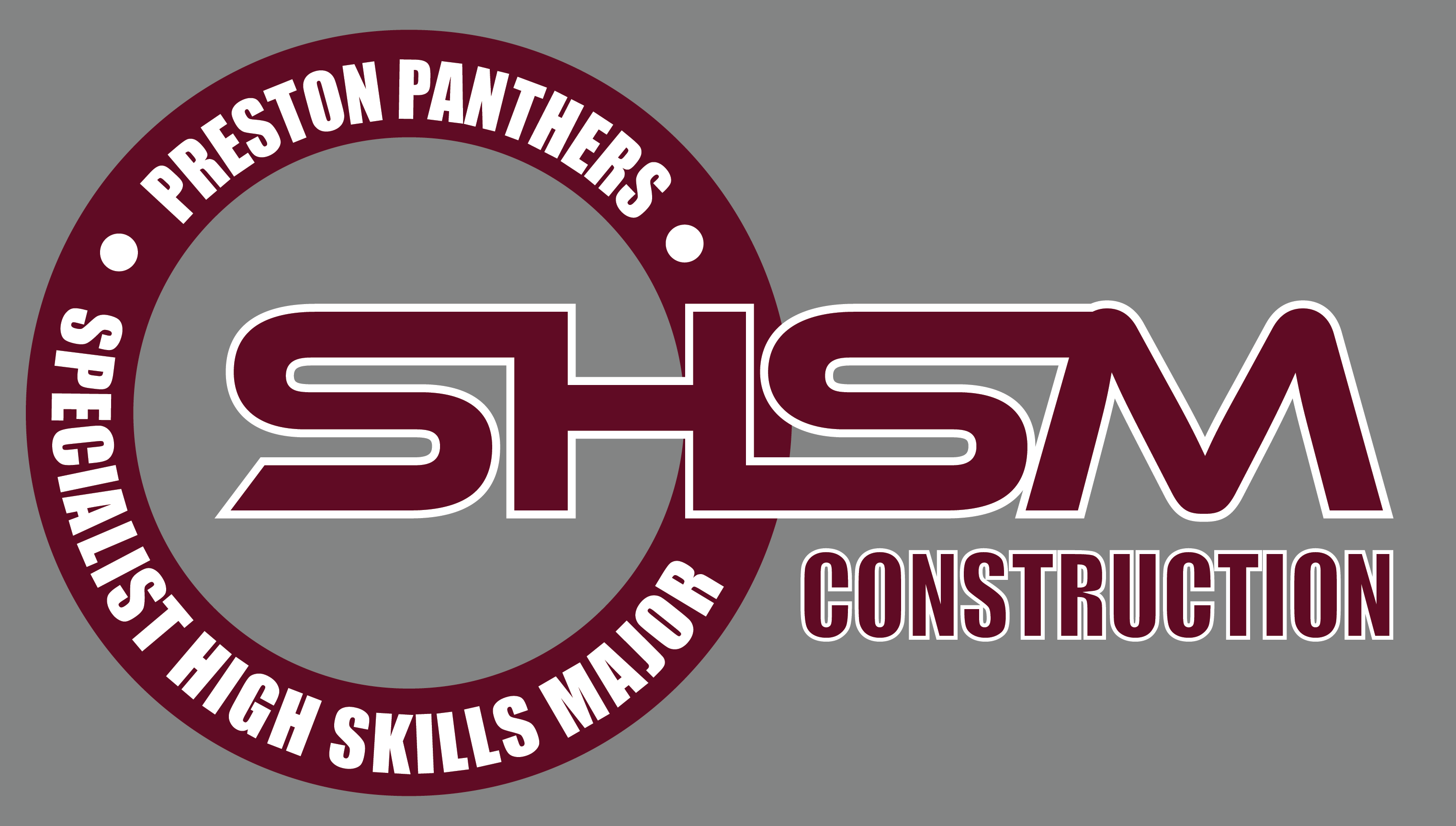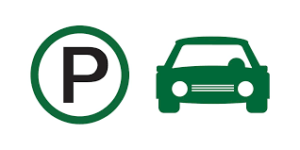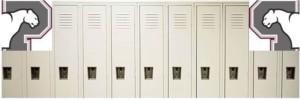A student who plans to be successful needs some basic tools, a space to work, and an understanding of how she or he works best. The list below will give you a good idea of what a student needs.
Location
You need a space that is available when you need it. The kitchen table is a great place to spread out. But if your kitchen opens into the TV room, it’s not a suitable place. You need a place that is away from distractions and interruptions. Most students use their bedrooms or a family office.
Environment
Everyone has an ideal environment for learning. Maybe you are the “bright light, hard chair at a desk” type. Perhaps dim lighting is best for you. Do you have to open the window for fresh air? Or maybe you put on your wooly socks and a sweatshirt before you sit down. Experiment with what makes you focus.
Most students work at a desk, with a chair, and desk lamp. Some can’t focus if there is any noise; some find the quiet disruptive. If you do have music, it should be at a very low volume — enough to break the silence, but not enough to interrupt your work. Put your device on shuffle and forget about it. Or make yourself a “Study” playlist, with quiet, ambient music, and use it.
Supplies
You need a surface to write on, spread out your text books and any other reference material. You might need a computer with Internet. There should be a selection of school supplies, like pens, pencils, erasers, calculators, dictionary, etc. If you have to go looking for supplies, that is time wasted from studying or producing work.
Calendar and To Do list
Hanging prominently in your study space should be a calendar and to-do list. A small white board is handy for this, because you can easily erase assignments as they are completed.
Every day, transfer from your planner or smart phone any due dates or test dates that teachers told you about. Assign a colour to each subject, and record the information using the appropriate colour. Remember to add reminders like, “Study for History test” at least 3 days before the test. Cross off assignments and tests that are done, and enjoy the thrill of accomplishment!
Storage
You will also need some sort of “Action File” or storage. This space is used to store unfinished projects, study sheets, corrected tests, etc. Create separate file folders for each subject. You could carry your colour scheme over into your filing system, so that you don’t waste time searching through Math notes to find an English test. If you get in the habit of putting your stuff away when you are done, then you will not feel the panic associated with lost school work.
YouTube is surprisingly full of videos from people who are showing off their study areas. Have a look, and get inspired!
https://www.youtube.com/watch?v=tOaVE0cT7uY
Routine
Make studying and homework a habit, and you won’t be so tempted to avoid it. If you know that every day, you will start your homework at 7:30, then at 7:35, you’ll start to feel uncomfortable if you aren’t at your work area. When you are done your homework, pack it into your knapsack, and put the knapsack by the door that you leave through in the morning. That way, you won’t have that sinking feeling when you realize you’ve left something important at home.
Sometimes, it’s daunting to look at a huge reading assignment or a pile of math questions. So, set a timer for 20 minutes, and challenge yourself to see how far you can get in that time.
Categories: Spec Ed Tags: Hey Students · Studying · work space












